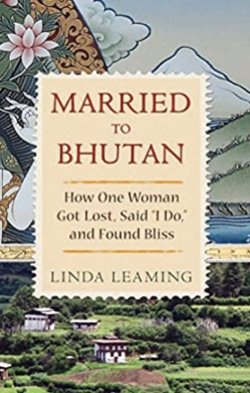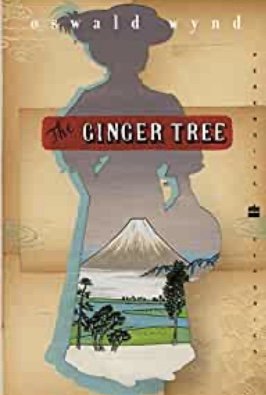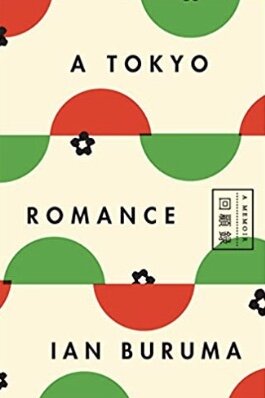Breasts and Eggs by Mieko Kawakami (Picador)
Mieko Kawakami’s novel Breasts and Eggs was originally published in the Japanese language as 夏物語 (Natsu Monogatari) in 2019 as a novella. The Japanese title translates to Summer Story. She then expanded the story into a full length novel and is her first book to be published in English. It was translated by Sam Bet and David Boyd. The book is divided into two parts. The first part is the original novella. The latter half of the book takes place ten years later and follows the lives of three women.
In the first half of the book we are introduced to the main characters - a thirty-year old woman named Natsuko, her older sister Makiko, and Makiko’s 12-year-old daughter Midoriko. Natsuko moved from Shobashi in the Kansai area to Tokyo ten years ago to pursue a career as a writer. She works at a minimum-wage job, her blog gets only one or two hits a day, and she still hasn’t had anything published in print.
Makiko works as a hostess and is really concerned with her appearance and sex-appeal to her male customers. Makiko has become obsessed with the size and shape of her breast and has come to Tokyo to find a clinic that will perform breast augmentation surgery. In simple terms, she wants bigger boobs. As Natsuko describes them when they went to the public bathhouse together, “Her breasts themselves were little more than a couple of mosquito bites, but her nipples were like two control knobs stuck onto her chest.
Makiko is accompanied by her 12-year-old daughter although the two are currently not on speaking terms. Midoriko has taken to communicating by writing everything down. She keeps two notebooks. One to “talk” to people with and the other to write down her most private thoughts. Midoriko cannot understand her mother’s obsession with getting breast implants and writes about it in her private notebooki. She also writes about the changes in her body as well and wonders “Why does it have to be like this”.
We then fast forward ten years into the future. Natsuko is now a published writer and her editor is encouraging her to complete her first novel. Her older sister Makiko is still working as a hostess in a less than elegant bar and Midoriko is now a college student with a boyfriend of her own.
Now that Natsuko has turned forty, she has been giving considerable thought to having a child of her own. However, she doesn’t have a steady boyfriend and there are no other prospects to be a potential father figure. She once had a boyfriend when she was in her twenties but they broke up because she could not have sex. It was too painful and the thought of someone or something penetrating her made her incapable of enjoying the act.
Adoption is out of the question as Japanese law doesn’t allow for single mothers to become parents. She investigates artificial insemination but finds that this is also not allowed in Japan for single women. Her only other option is to go to a sperm bank in a foreign country or to make an illegal arrangement with a willing donor.
Natsuko meets two people who were the product of sperm donors. The first person she meets is Aizawa who is suffering from an identity crisis and longs to know who his biological father is. Through Aizawa, she meets Yuriko who was abused by her stepfather and she believes bringing a new child into the world is irresponsible and is “an act of violence”. Natsuko finds herself in a conundrum. Is it right for her to become a mother, raising a child who may never know their father. Is it a selfish act to want motherhood? How will the child feel when they grow older and learn the truth of their origin?
The story is thought provoking and disturbing at times but it is well written and if you’re a woman, I imagine that you cannot help but ponder the same questions that goes through Natsuko’s mind about having a child or Makiko’s obsession with beauty and self-image or Midoriko’s confusion about the changes in her body. These three women share their feelings of what it is to be a woman. These women defy the conservatism of a male-dominated world and it may be time for men to wake up and see the light. ~Ernie Hoyt



















